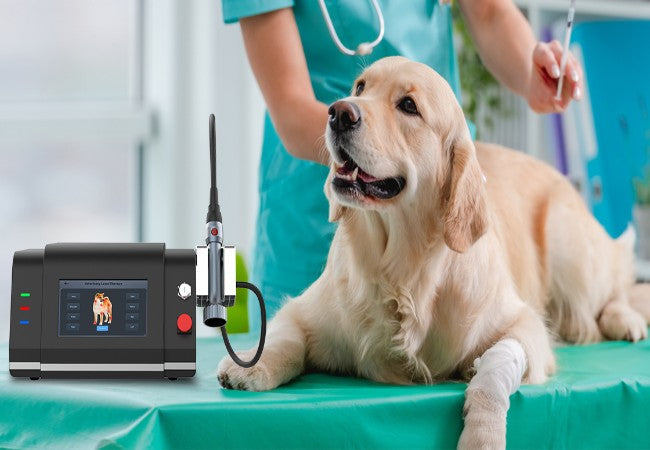A Vet’s Guide to Perianal Fistula in Dogs: Diagnosis, Treatment & Management 2025 🐾🔥

In this article
A Vet’s Guide to Perianal Fistula in Dogs: Diagnosis, Treatment & Management 2025 🐾🔥
By Dr. Duncan Houston BVSc
Hi, I’m Dr Duncan Houston BVSc, veterinarian and founder of Ask A Vet. Perianal fistula (also called anal furunculosis) is a painful, chronic condition affecting the skin around the anus. It’s particularly common in German Shepherds and can severely impact quality of life. In this **vet-approved guide**, I’ll explain the causes, symptoms, diagnostics, treatment options (medical and sometimes surgical), long-term management, and supportive tools like Ask A Vet telehealth, calming mats to help your dog live comfortably in 2025. 🩺🐾
1. What Are Perianal Fistulas?
These are ulcerated tunnels or sinus tracts around the anus that can connect to the rectum or remain superficial. Dogs with low tail carriage—especially German Shepherds—are genetically predisposed, possibly due to immune-mediated inflammation.
2. Who’s Affected?
Perianal fistulas typically affect middle-aged dogs (2–9 years), especially intact males of breeds like German Shepherds, but can occur in Labs, Setters, Boxers, and mixed breeds.
3. Recognizing the Symptoms
- 🩺 Purulent, foul-smelling drainage or ulcerations around the anus
- 🍂 Painful defecation, straining, tenesmus, diarrhea, or constipation
- 🍴 Anorexia, weight loss, lethargy
- 🐕 Reluctance to sit or wag tail; aggression when area is touched
4. Why Do These Happen?
The exact cause is unclear—impaction of anal sacs may contribute—but current evidence favors a **genetic, immune-mediated origin** akin to Crohn’s disease.
5. How Is It Diagnosed?
- Physical and digital rectal exams—often require sedation due to pain
- Rule out anal-sac abscesses, tumors, or strictures
- Optional cytology, bacterial culture, and bloodwork to guide treatment
6. Treatment Options
6.1 Medical Management (First-line)
- Cyclosporine: the primary immunosuppressant of choice at 2–10 mg/kg PO daily; often tapered over months
- Ketoconazole: used concurrently to decrease the cyclosporine dose and cost
- Tacrolimus 0.1% ointment: applied topically for mild or maintenance cases
- Steroids (prednisone): useful early, but long-term use has side effects
- Azathioprine: adjunct immunosuppressant; monitor for side effects
- Antibiotics: treat secondary infection (e.g., metronidazole)
- Diet therapy: novel or hydrolyzed protein diets helpful with colitis (~fish/potato)
6.2 Surgical Options
Reserved for stubborn or anatomical cases:
- Cryosurgery or laser ablation—destroys the fistula lining
- Anal-sacculectomy or tail amputation for improved hygiene
- En bloc resection and anal sac excision after medical failure
7. Recovery & Prognosis
- Most dogs improve within weeks of cyclosporine, 8–12 weeks until remission
- Lifelong maintenance often needed; recurrence as high as 80%
- Post-surgical recovery includes cleaning fistula sites, stool softeners, e‑collars, and gentle care
- Long-term quality of life can be good with proper care and weight control
8. Supporting Your Dog’s Comfort
- Ask A Vet App: Telehealth reviews of treatment plans, lab results, and symptom monitoring
9. Real Vet Case
Case: Rex, a 6-year-old German Shepherd
Rex presented with dripping fistula tracts, painful defecation, and lethargy. He started on cyclosporine + ketoconazole + novel fish/potato diet. Within four weeks, tracts closed and Rex defecated without discomfort. He transitioned to topical tacrolimus and diet management. Three years later, with occasional flare-ups, Rex remains comfortable using telehealth check-ins.
10. FAQs
-
Will my dog be cured?
No—this is chronic. But many dogs live comfortably with medical maintenance -
Is surgery better?
Surgery is riskier and reserved for refractory cases—mostly medical is preferred -
What side effects can meds cause?
Cyclosporine may cause GI upset or kidney changes—monitor via blood tests -
Can diet really help?
Yes—some evidence shows fish/potato diet plus surgery/diet halves recurrence
📌 Final Thoughts from a Vet
Perianal fistula is a painful but manageable condition. With early diagnosis, immune‑modulating therapy, dietary changes, and occasional surgical support, many dogs enjoy good quality of life. Regular follow-up—supported by Ask A Vet telehealth—and enrichment tools like well-being. Stay proactive with treatment and supportive care—your dog’s comfort matters most. 🐾❤️






